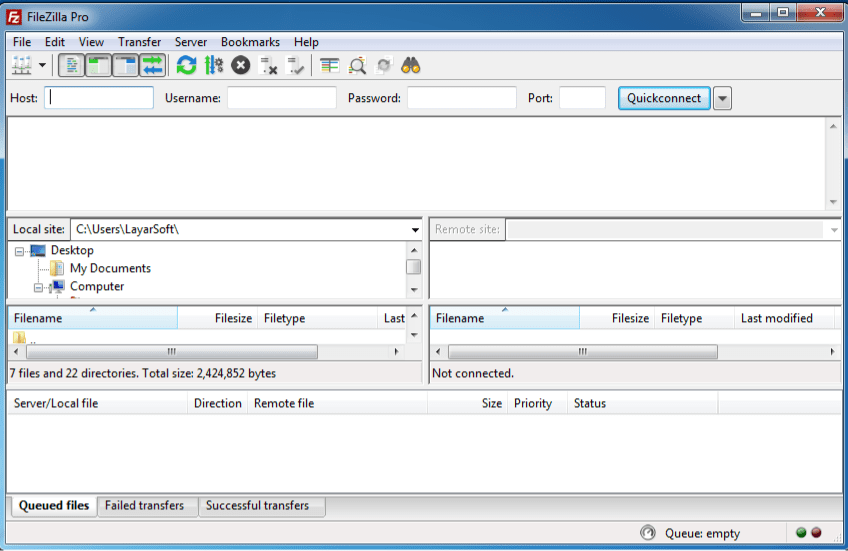

If this is not the case, we suggest to report a bug to yourĭesktop or distribution asking for proper support of flatpak. Once installed, it will be made available exactly the same wayĪs other applications (menus, desktop overview, or any specificĪpplication launch process used by your desktop). Install GIMP, then manually install by command line: Installed and if clicking the link still does not prompt to Out-of-the-box on some platforms since the flatpak technology is The flatpak link above should open your software installerĪnd prompt you to install GIMP. want to check out the GIMP 2.99.14 development release? Get it on our development downloads page 🧪. Therefore choose your installation medium according to your Will likely provide faster updates, following GIMP releases The flatpak build is new and has known limitations, though it If available, the official package from your Unix-likeĭistribution is the recommended method of installing GIMP! ( note: i386 and ARM-32 versions used to be published, yetĪre now stuck at GIMP 2.10.14 and 2.10.22 respectively).

You are not using OpenSSH, so also read the documentation on how exactly the negotiation works in your implementation.Flatpak build available in: x86-64 and AArch64 ssh -vv and examine the algorithms around the KEXINIT events. For example, OpenSSH client at higher verbosity will say exactly what the client and server has for algorithms. Get the ssh client to say what KEX was attempted. Wireshark can do some detailed dissection of ssh protocol, to see what happens in the packets. While troubleshooting this, start a packet capture on the server for its ssh port. Have them update their sftp software to be sure it has modern algorithms. Key exchange algorithms are updated over time as cryptography research makes older methods insecure. Compare to ensuring a TLS encrypted https session exists before sending secrets to a web server. The entire point of the ssh protocol is to establish an encrypted channel where it is possible to send such weak authentication as passwords over insecure networks. This is different from user authentication, where user keys or passwords or Kerberos are among the options. SSH key exchange establishes a one-time session key, and authenticates the server via its host key.


 0 kommentar(er)
0 kommentar(er)
